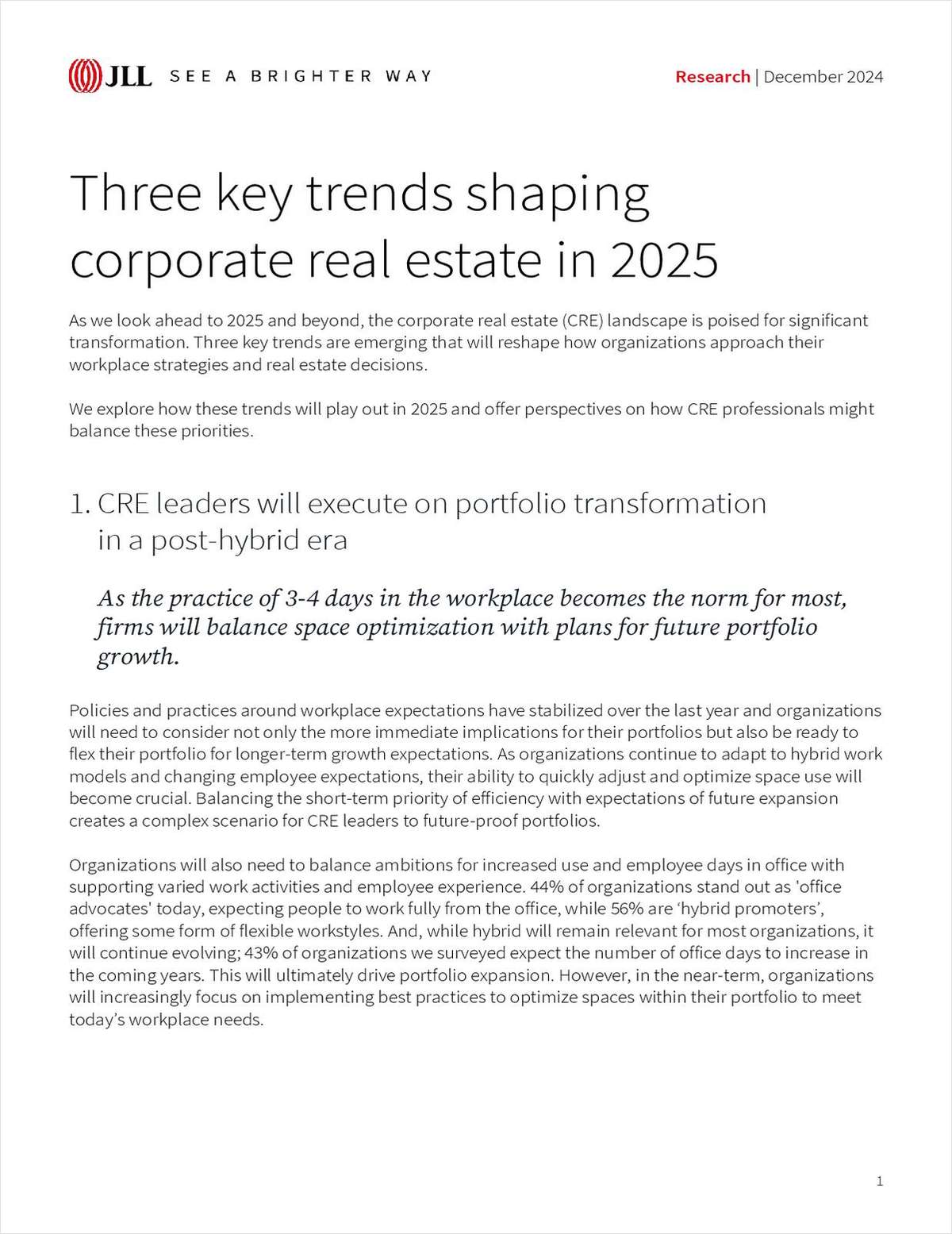CHICAGO—Avison Young will soon release a mid-year report predicting that industrial capital markets sales activity in Chicago will increase steadily into 2014, as investors capitalize on several quarters of positive absorption and mid-year vacancy rates that have fallen to pre-recession levels.
“Industrials are becoming a much more desired asset class by institutional investors,” says Erik Foster, a principal of Avison Young and the national practice leader of the firm's Industrial Capital Markets Group. He points to the recent $1.1 billion purchase of Industrial Developments International Inc. led by Brookfield Property Partners, a publicly-traded subsidiary of Toronto-based Brookfield Asset Management, as the perfect example. “I think it's a newer phenomenon for the Canadians and other international investors to be this focused on industrials.”
According to Avison Young statistics, Chicago's industrial market made significant strides during the first half of 2013, with nearly 7.9-million-square-feet of absorption and a vacancy rate of 8.4% at the end of June. This was the lowest vacancy rate since 2007.
And according to Real Capital Analytics, the dollar volume of industrial investment activity in Chicago is nearly 10 percent higher than a year ago—$838 million for the first six months of 2013, compared with $763.4 million for the same time period in 2012. The number of transactions increased by 24 percent, from 102 in 2012 to 126 in the first half of 2013.
Rents have remained fairly consistent during the past 18 months, but have begun inching upward in some submarkets. In the five-county area, average asking rents rose from $4.16 to $4.20-per-square-foot from the first to second quarter. But in Northern Cook County, rents increased by 34 percent, from $4.60 to $6.17. “That's one of those markets where you haven't seen a lot of speculative construction,” Foster says. “When areas like that rebound, they rebound quickly.”
And a lack of available A product for sale has many eyes turning to older and less modern class B buildings, long overlooked by institutional investors. “Buyers are bullish on future rent growth,” in the sector, Foster says. “The rents really have only one way to go, and that's up.”
The shift in focus to class B properties is also due to the discrepancy in cap rates between class A and class B. Most class B transactions are trading near 8% cap rates and Foster knows of an upcoming deal by an institutional investor for two core, class A buildings that will pencil out to a cap rate below 6%. That's a “much greater spread—more than 200 basis points—than we have seen historically and will further enhance the market's appetite for class B product.”
However, “the spread between A and B from a cap rate standpoint is narrowing quickly,” he adds, and that will continue the rest of the year, with class A cap rates rising slightly and class B cap rates continuing to compress. “This important shift reinforces talk of a broader market recovery into 2014,” Foster says. “This momentum will help small to medium size businesses as well as big box users and will bring increased demand for Class B properties, for both leasing and investment purposes.”
And although many industry observers worry about the recent uptick in interest rates, Foster does not believe it will have much of a long-term impact. “While it will, and already has, slowed things down, it isn't a catastrophic event. Over the course of time, things all work out. Some buyers may leave the market, but will be replaced by others that aren't fazed by the uptick. We're operating in a fluid market.”
Want to continue reading?
Become a Free ALM Digital Reader.
Once you are an ALM Digital Member, you’ll receive:
- Breaking commercial real estate news and analysis, on-site and via our newsletters and custom alerts
- Educational webcasts, white papers, and ebooks from industry thought leaders
- Critical coverage of the property casualty insurance and financial advisory markets on our other ALM sites, PropertyCasualty360 and ThinkAdvisor
Already have an account? Sign In Now
*May exclude premium content© 2025 ALM Global, LLC, All Rights Reserved. Request academic re-use from www.copyright.com. All other uses, submit a request to [email protected]. For more information visit Asset & Logo Licensing.








